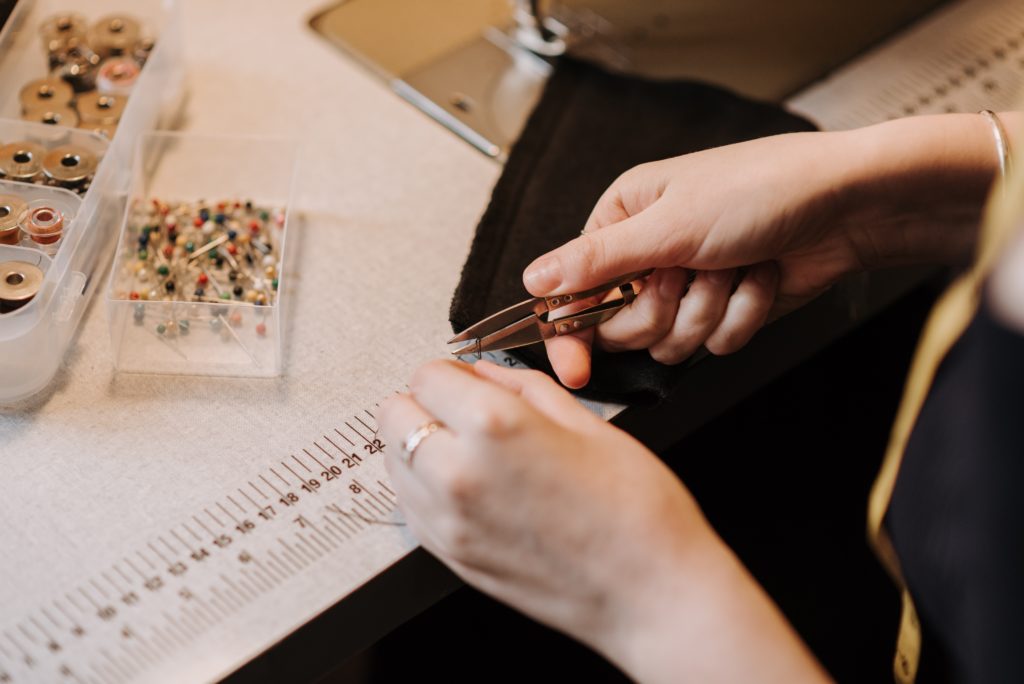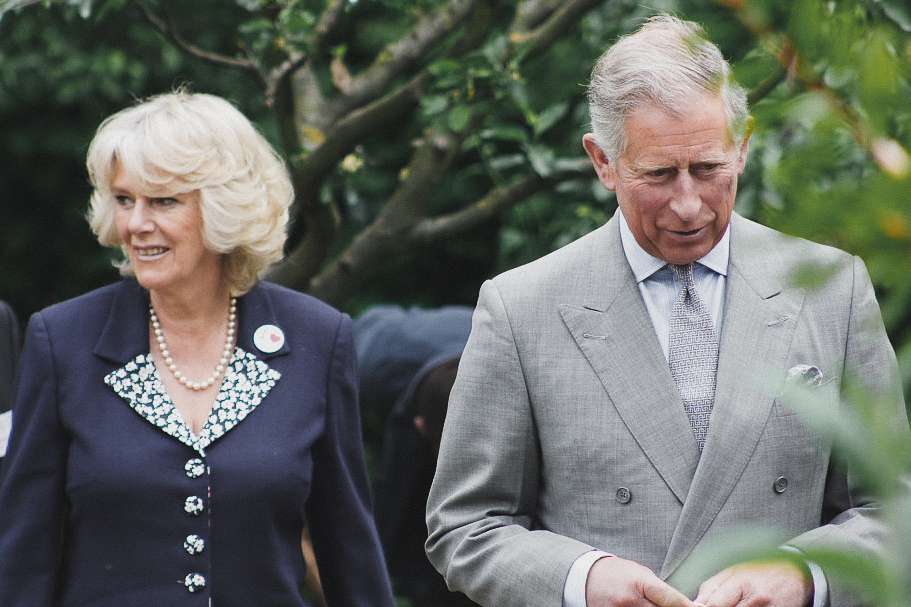Lost a button or need to fix a hole in your trousers? Prince Charles wants to help.
The future king of the United Kingdom is promoting clothing repair as a means toward making the UK more sustainable. He’s set up a clothing repair shop in his home in Scotland, Dumfries House. But that’s just the tip of the iceberg.
According to the Daily Mail, the Prince is not only repairing damaged clothing, he’s also re-wearing items he’s had for half a century. Last month the Daily Mail called him “the patch-up prince,” as he appeared in a Country Life magazine photoshoot in an old jacket.
“The garment Prince Charles — pictured in the latest issue of Country Life magazine — chose for the photoshoot is now a faded, shapeless garment sprouting loose threads that looks as if it belongs on a tramp, not on the heir to the throne,” the publication said.
Make Do and Mend
“[T]his is not the first time the Prince of Wales has made do and mended: from waxed jackets to coats, suits and shoes, his wardrobe is full of items that have been given a new lease of life,” the Daily Mail said. “In a world full of talk about environment-friendly fashion, he at least practises what he preaches.”
The Prince’s flair for the wear-and-tear ijust happens to be on-trend though. And big-name brands are following suit — quite literally. Over the last year, luxury label Hermès says its repair requests grew by more than 20,000. It now employs nearly 80 repair specialists in all major markets.

“I remember my grandfather telling me as a kid, literally, that ‘luxury is that which you can repair’,” Hermès artistic director Pierre-Alexis Dumas told Vogue in January. “And he told me that back in the ’60s, the ’70s – back when people didn’t care about repairing.”
Hermès also increased its sustainability offerings when it announced it’s first bag made with sustainable mushroom leather earlier this year.
Prince of Sustainability
Prince Charles is an advocate for sustainability. He spoke to Country Life about how he turned the Sandringham estate in Norfolk organic by banning herbicides and pesticides.

“In the context of global challenges that include the climate crisis, deforestation, and ocean pollution, The Prince has promoted sustainability to ensure that the natural assets upon which we all depend among other things soil, water, forests, a stable climate and fish stocks endure for future generations,” reads the official website for the Prince of Wales.
“There is an amazing amount that can be done,” he said. “It is a combined responsibility of all of us, the public sector, private sector and civil society.”


